Popular on Food52
13 Comments
Carmen L.
January 4, 2017
Finally I did it! Took your roasted cauliflower + mushrooms cue with basil and tomato sauce and goat cheese and panko. Yes!
Carl
November 16, 2016
For the love of all that is delicious, please write out the recipe for this pasta you've made. I can't not have this in my life.
d W.
June 26, 2016
I don’t use a lot of salt by volume…I use sea salt and use less. I have cooked and baked for centuries, or so it seems, all over the world, while a Soldier. Started when I was a child. Salt can kill a flavor as well as bring it out. With pasta, I put in the pasta I make, rarely buy it. put little in that I purchase. Like the new way to prepare it…tastes more like fresh pasta.
JenniferJoy
November 16, 2015
Recently I mixed a container of ricotta with a can of pureed pumpkin with some cooked shells, a bunch of fresh basil, left-over veggies and a lot of shredded Italian cheese blend. YUM!
Smaug
November 11, 2015
Just back from the store- I see that Barilla, a generally dependable brand, has a new line of no boil pastas. Instructions are to put the contents (12 oz) in a large skillet with 3c. cold water and stir over heat until the water is absorbed- about 10 min. They then add the sauce and finish, but this might be a good way to start a baked dish, too. Due to chronic dumbness of the head, I neglected to check the ingredient list.
Smaug
November 10, 2015
The thing about soaking the pasta is interesting, but needs more detail. What do they mean by hot water? Hot tap water, I suppose, since the article specifies you don't have to boil water. And do you use the stove to keep it warm, or let it cool off naturally- in which case the amount of water, type of pot (and whether you cover it), and temperature of the kitchen will all be significant factors. The saving, after all, is not huge- the water heater still has to heat the water, plus whatever water you run off to get to hot water, you still have a pot to wash, and you're cooking with hot tap water, a thing generally to be avoided.
Sarah J.
November 10, 2015
Yes, I can clarify! Use hot tap water. It doesn't have to be boiling. And you let it cool off naturally, over the 30-minute period.
Smaug
November 10, 2015
That still leaves an awful lot of variables- temperature of the water at the tap, temperature of the kitchen (plus presence of drafts), characteristics of the pot, amount of water. It just doesn't seem like something you can do by the clock with any accuracy.
Sarah J.
November 10, 2015
I think the nice thing about baked pasta is: It won't matter that much. Soak the pasta in the hottest water that comes from your tap (and add plenty of salt) for 20 minutes. Then feel it. Is it al dente? You're ready to go! Does it need more time in the still-warm water? Then leave it there to hang out as you finish assembling. It's going to be good either way.
Smaug
November 10, 2015
Precisely- it's going to be trial and error. Unfortunately, if you tell people "30 minutes" they're apt to take you at your word and wonder where they went wrong. At any rate, I'll give it a try (sans sel).
NuMystic
December 21, 2015
Why sans sel? Salting during the pasta soaking/cooking step is the only opportunity to actually season the inside of the pasta itself. (which is notably different than adding later to taste)
Sara D.
January 7, 2016
I'm surprised by the suggestion to use hot tap water to soak the pasta since hot tap water is more likely to leach heavy metals like lead from the pipes. It's safer to boil the water separately, but then you might as well just cook the pasta regularly anyways. A safer option would be to use an electric kettle to heat cold tap water.
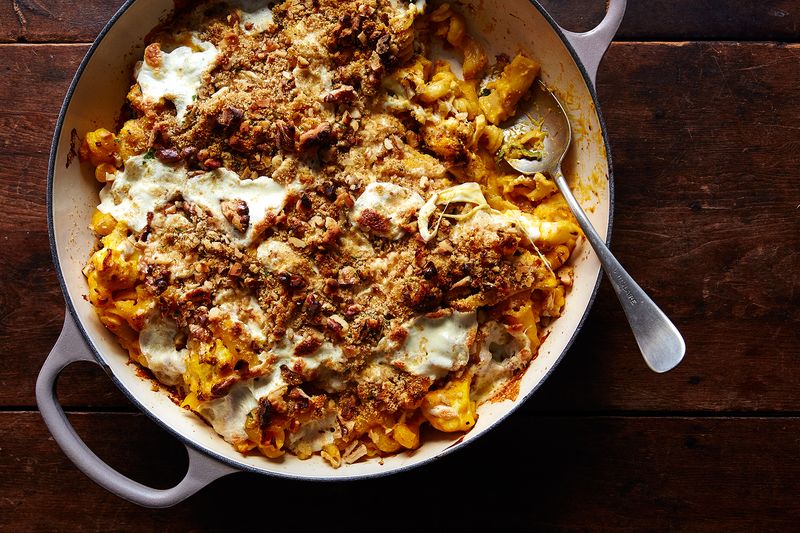
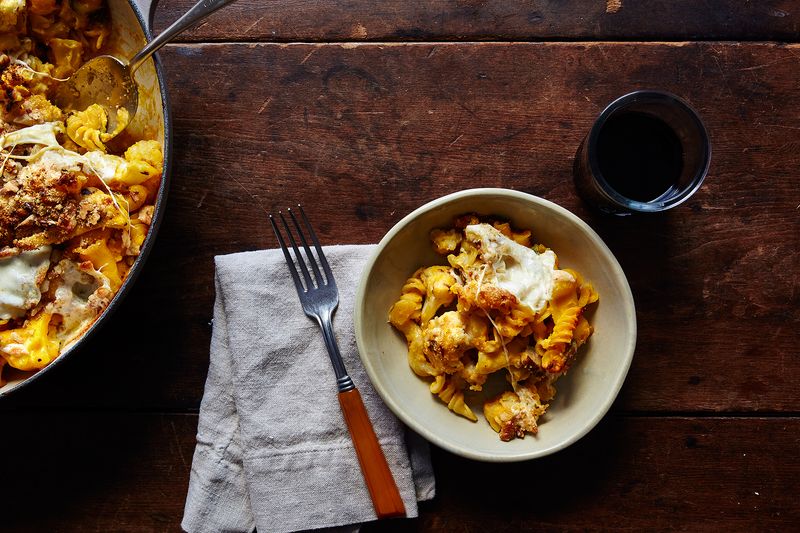
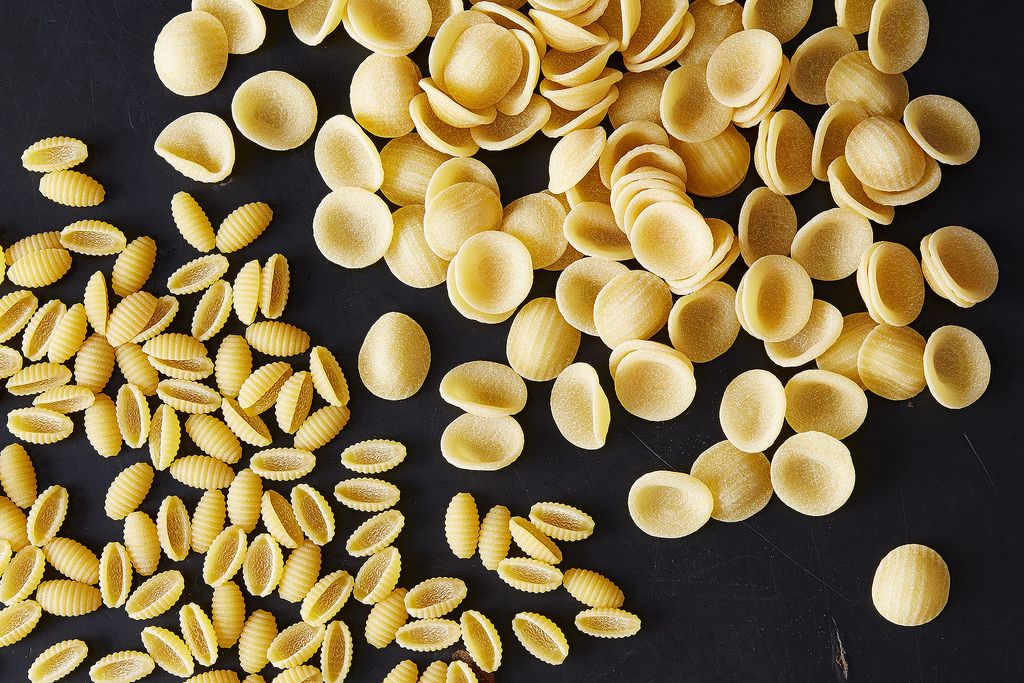
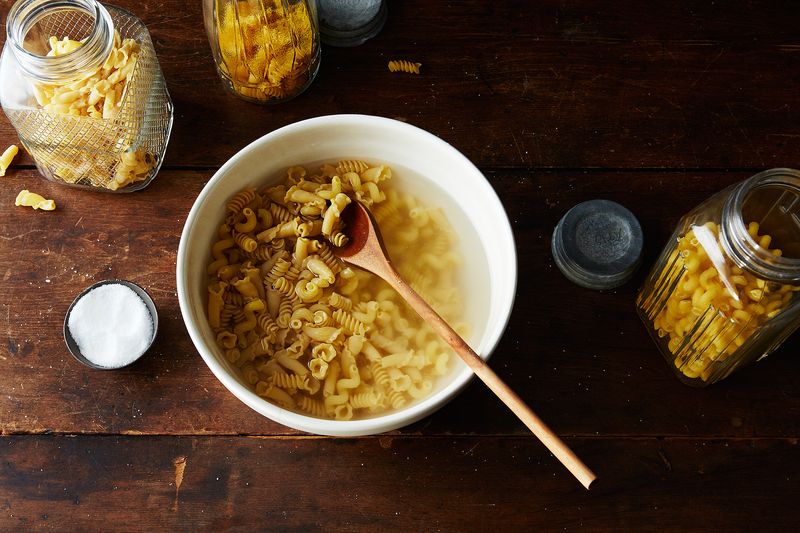

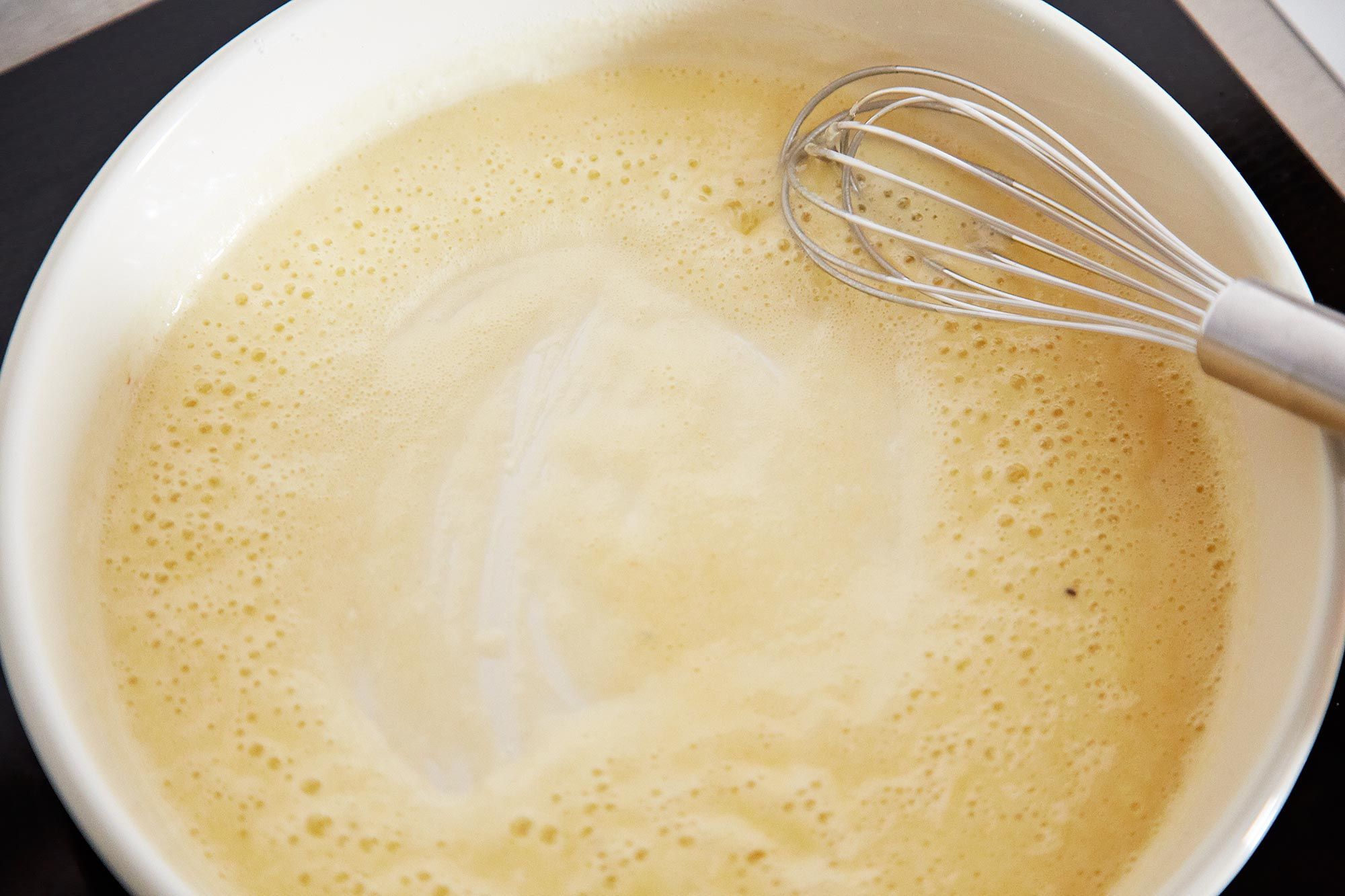
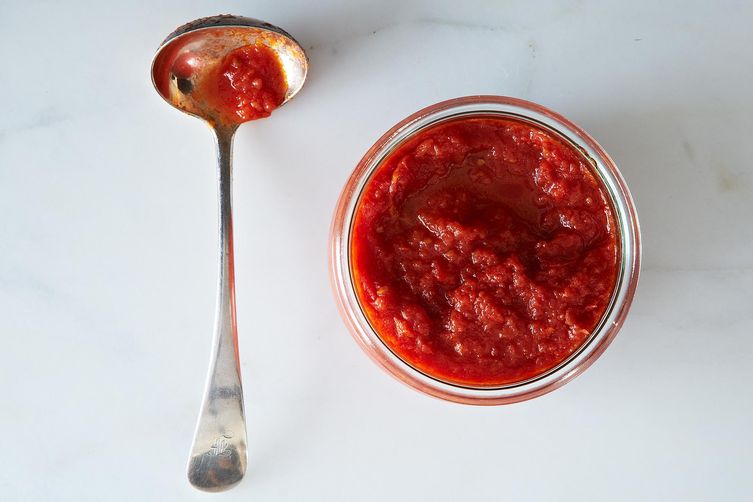
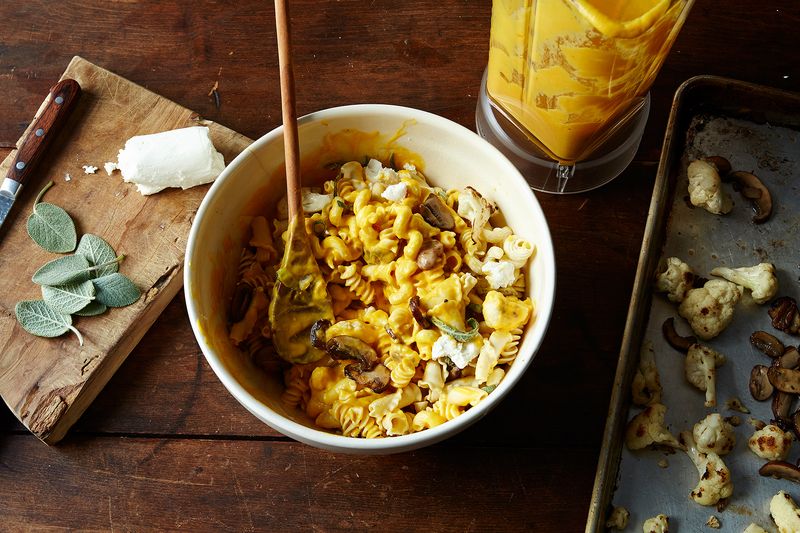
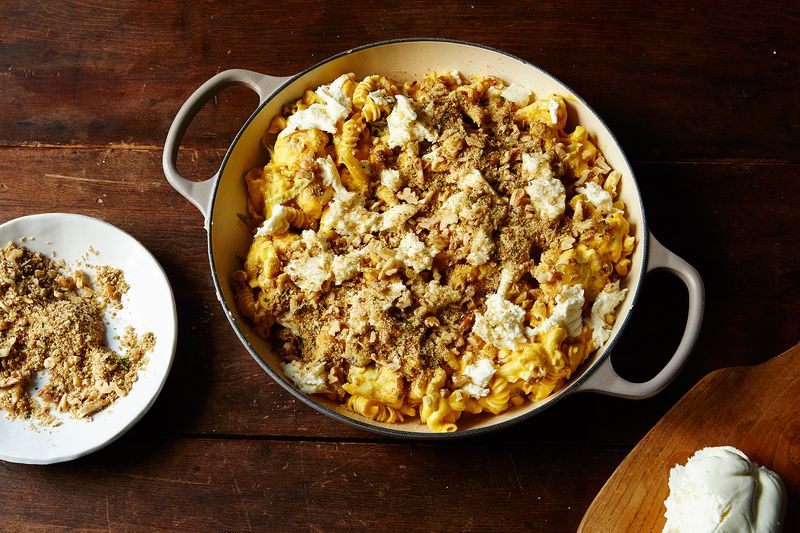
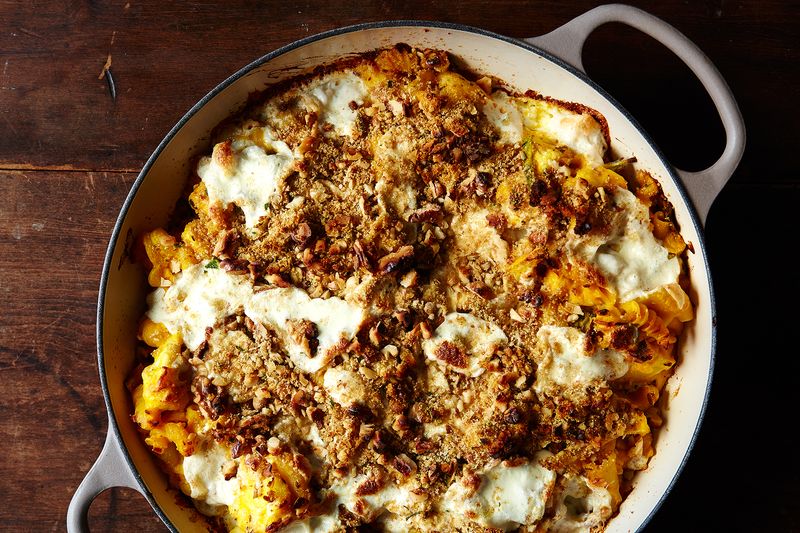

See what other Food52 readers are saying.